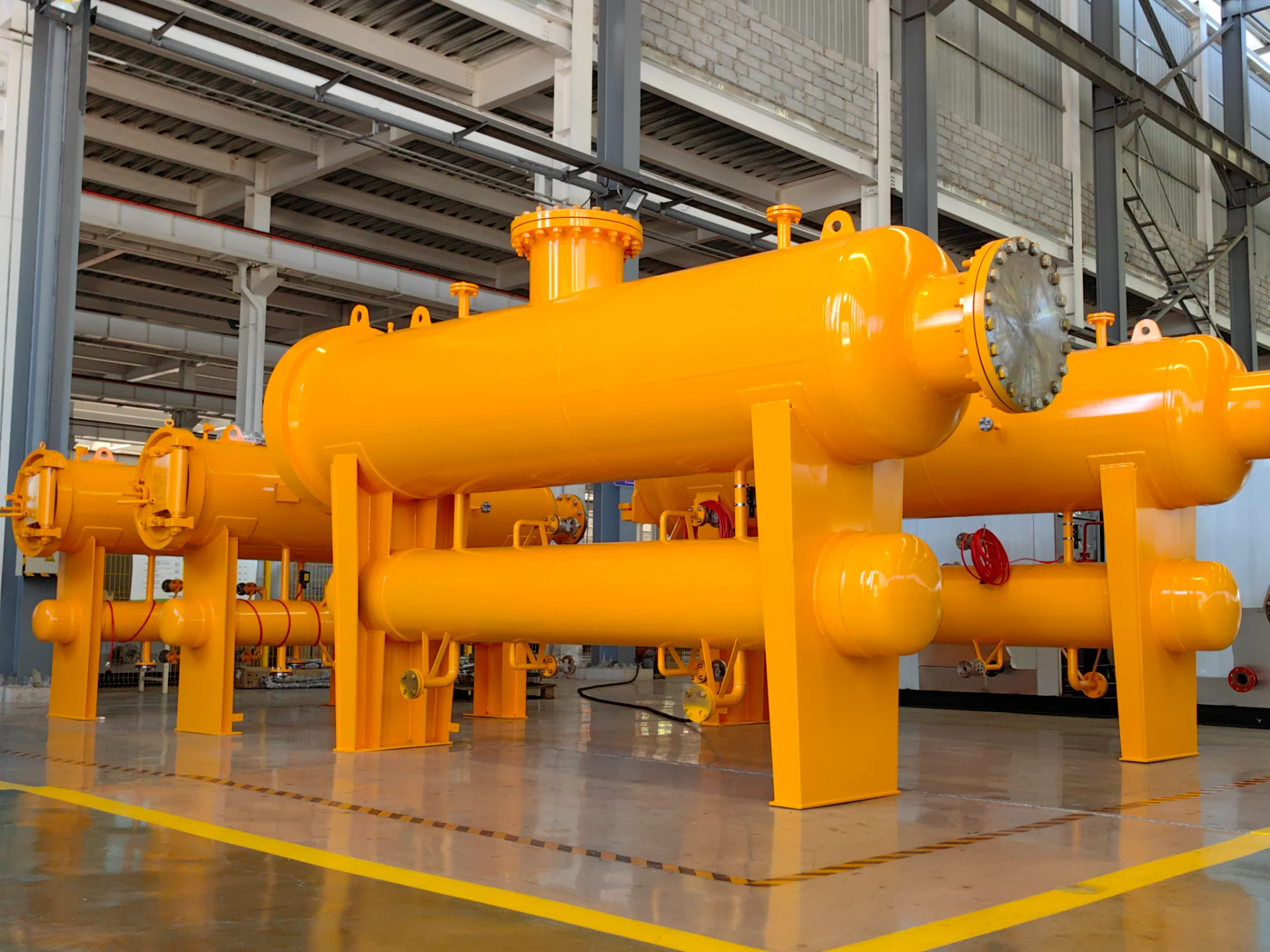
Nov . 15, 2024 08:22
Back to list
محطة تخفيض ضغط الغاز
Gas Pressure Reduction Station Importance and Functionality
In the intricate world of gas distribution, the Gas Pressure Reduction Station (GPRS) plays a pivotal role in ensuring that natural gas is delivered safely and efficiently to consumers. As natural gas travels from production fields through pipelines, it is subject to high pressures, which must be appropriately managed to prevent any mishaps or wastage. In this article, we explore the significance, functionality, and components of GPRS, shedding light on its crucial role in the gas supply chain.
The Importance of Gas Pressure Reduction Stations
Gas pressure reduction stations are essential in transforming high-pressure gas from the main transmission lines into lower, more manageable pressures suitable for distribution networks and end users. The reasons for this critical function include
1. Safety High-pressure natural gas can be dangerous if not controlled properly. Reducing the pressure minimizes the risk of leaks and explosions, ensuring the safety of the infrastructure, workers, and the public.
2. Regulatory Compliance Gas utilities must adhere to strict regulations set by various authorities regarding the pressure levels at which gas can be distributed to consumers. GPRSs help in maintaining compliance with these regulations.
3. Operational Efficiency By managing gas pressure appropriately, GPRS ensures a smooth and continuous flow of gas, optimizing the efficiency of the entire gas distribution network.
4. Consumer Satisfaction Consumers expect a reliable supply of gas at a consistent pressure. Stations that effectively manage gas pressure help maintain this service quality, fostering customer trust.
.
A typical gas pressure reduction station consists of several critical components, each of which plays a vital role in the operation. The primary function of the station is to decrease the gas pressure while maintaining its volume and quality. Here's how it generally works
محطة تخفيض ضغط الغاز

1. Inlet Section High-pressure gas enters the station through the inlet section. This area is equipped with safety valves and filters that ensure the gas is clean and free of contaminants.
2. Pressure Regulation The heart of the GPRS lies in its pressure regulation system. This system typically includes pressure regulators that reduce the incoming gas pressure. There are various types of regulators, such as diaphragm and spring-loaded regulators, that adjust the gas flow rate based on demand.
3. Measurement and Monitoring Instruments To ensure proper functionality, GPRS is fitted with measurement tools to monitor parameters such as pressure, temperature, and flow rate. This data is crucial for optimizing operations and ensuring safety.
4. Outlet Section After the gas pressure has been reduced, it moves to the outlet section, where it is discharged into the distribution network. At this stage, the pressure should meet the required levels for safe consumption.
5. Emergency Shutdown Systems (ESD) To enhance safety, GPRS are equipped with emergency shutdown systems that can quickly terminate gas flow in case of a malfunction or emergency, averting potential disasters.
Challenges and Future Trends
While GPRSs provide essential services, they also face challenges such as aging infrastructure, changing regulatory environments, and the need for modernization in line with emerging technologies. To navigate these challenges, the industry is witnessing a shift towards smarter GPRS with enhanced monitoring and automation capabilities. Technologies such as Internet of Things (IoT) applications and real-time data analytics are being integrated to provide greater efficiency and safety.
Moreover, the transition towards renewable energy sources necessitates adaptations in gas systems. Research and development in biogas and hydrogen blends are becoming critical in shaping the future of gas pressure reduction technology, offering sustainable alternatives that could redefine the landscape of gas distribution.
Conclusion
In summary, gas pressure reduction stations are invisible yet indispensable components of the natural gas distribution network. Through their ability to enhance safety, ensure compliance with regulations, and improve operational efficiency, they facilitate reliable gas supply to homes and industries. As the gas sector continues to evolve with technological advancements and sustainability considerations, GPRS will remain at the forefront, adapting to meet new challenges while continuing to serve the essential role it has always played.
Next:
Latest news
-
Safety Valve Spring-Loaded Design Overpressure ProtectionNewsJul.25,2025
-
Precision Voltage Regulator AC5 Accuracy Grade PerformanceNewsJul.25,2025
-
Natural Gas Pressure Regulating Skid Industrial Pipeline ApplicationsNewsJul.25,2025
-
Natural Gas Filter Stainless Steel Mesh Element DesignNewsJul.25,2025
-
Gas Pressure Regulator Valve Direct-Acting Spring-Loaded DesignNewsJul.25,2025
-
Decompression Equipment Multi-Stage Heat Exchange System DesignNewsJul.25,2025

